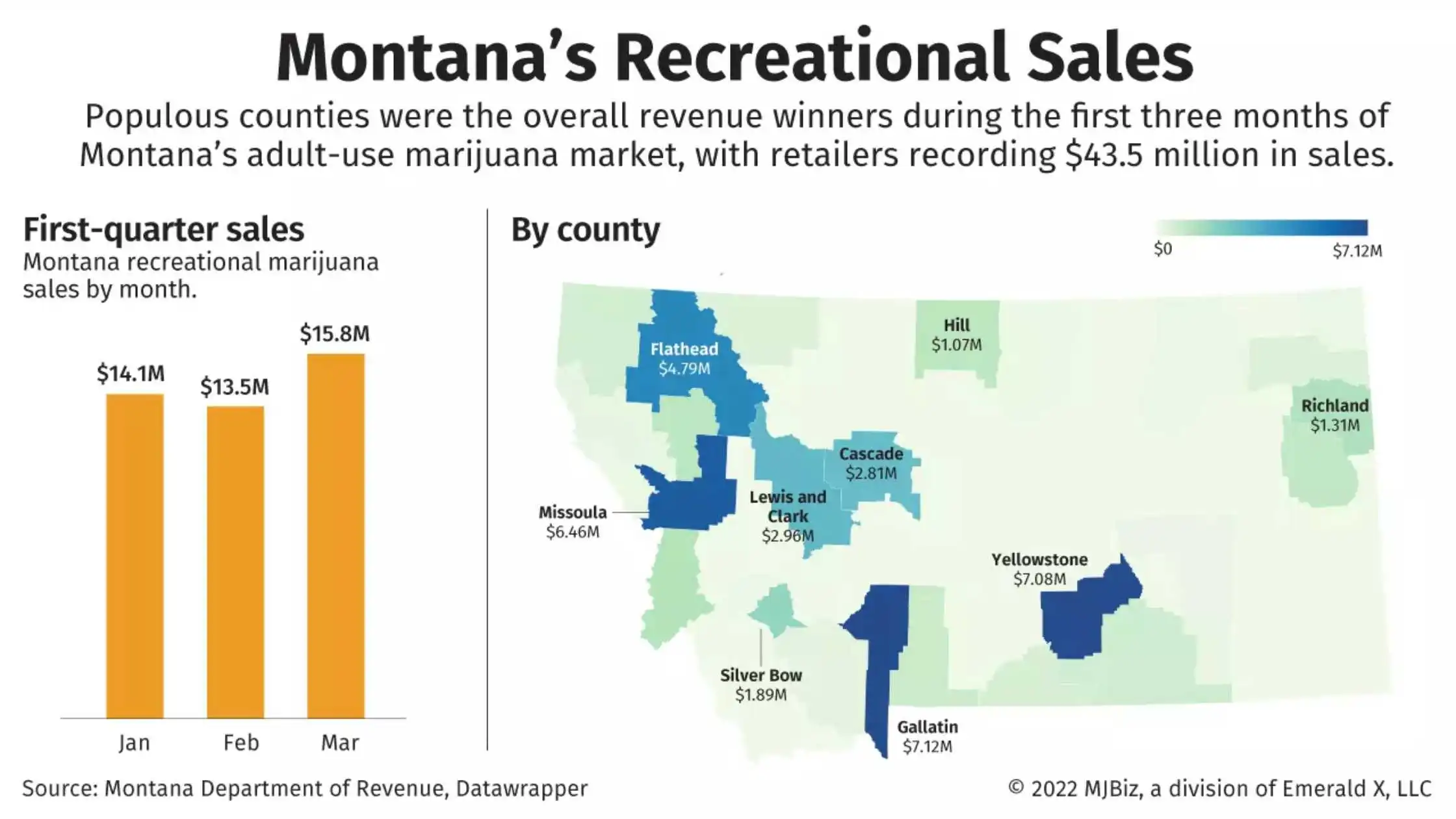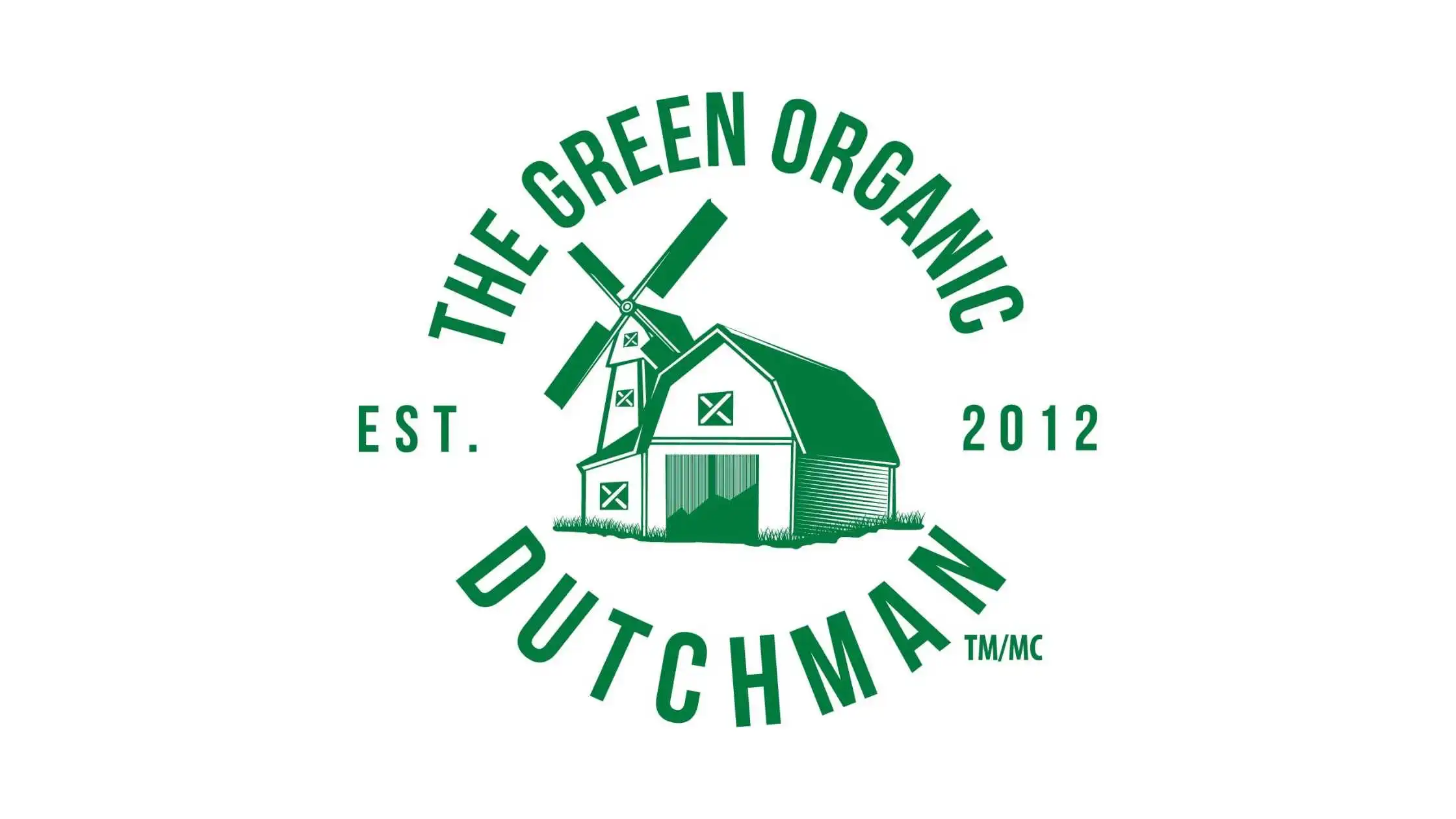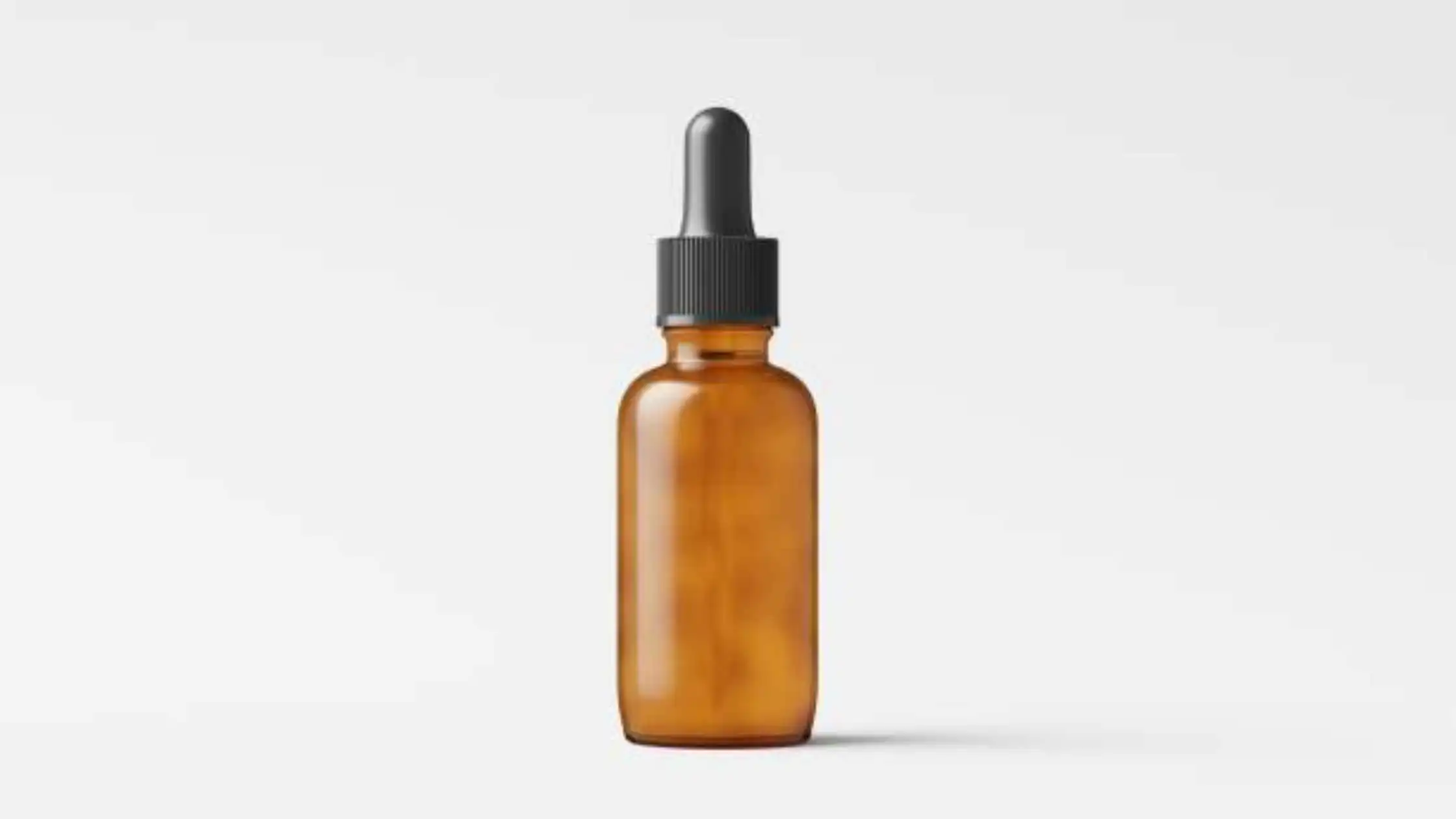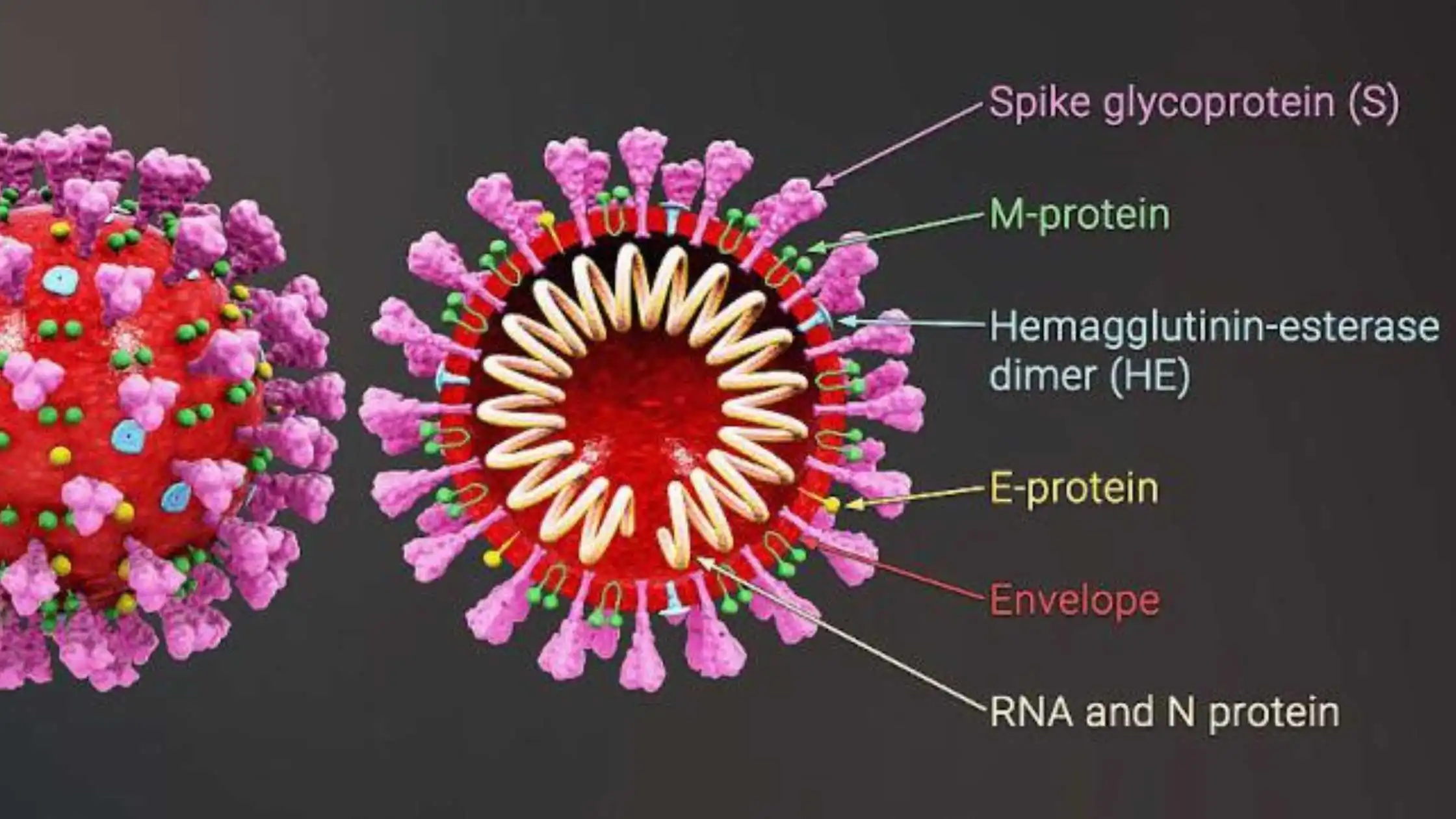County-level political battles could upend Montana’s newly launched recreational cannabis market, which is on track to generate $215 million or more in sales in 2022 during its first year of operation.
Montana voters legalized adult-use marijuana in November 2020, but state lawmakers left it to county and municipal governments to approve recreational sales.
Residents of Yellowstone County, the state’s most populous county, will do exactly that in early June.
At the end of 2021, Yellowstone County’s commissioners agreed unanimously to put the issue of adult-use sales on the ballot.
That decision came after voters in Billings – during an off-year election last November – rejected by a 55%-45% margin a ballot measure that would have allowed recreational marijuana stores within city limits.
Billing is the county seat of Yellowstone County and the state’s largest city.
If Yellowstone County voters follow suit in June. 7 and reject adult-use sales, a ban could deliver a major hit to the state’s recreational sales.
Montana’s adult-use market launched on Jan. 1 of this year.
Yellowstone County accounted for 16% of the total recreational sales in the first quarter.
Those sales were hard won as recreational stores were forced outside the Billings city limits after voters there nixed adult use.
Montana’s total recreational marijuana sales during the first quarter of 2022 were $43.5 million, with March sales reaching almost $15.9 million.
The state brought in $72.9 million in combined recreational and medical sales in the first three months of 2022.
Monthly sales likely will continue to rise as the tourism season starts and Montana’s summer population swells.
The 2022 MJBiz Factbook projects recreational marijuana sales this year will range from $215 million to $265 million.
The combined recreational and medical sales are expected to be anywhere from $330 million to $405 million.
But those numbers might be in flux as challenges pop up involving Montana’s county sales model.
After the Marijuana Legislation Initiative (I-190) passed in 2020 with almost 57% of the vote, Montana lawmakers established a “dry”-county system to handle recreational sales.
Counties that voted against I-190 were initially classified as “red” counties and would not allow recreational marijuana sales, although medical sales would be grandfathered in.
“Green” counties – those that voted for I-190 – would allow sales.
But looking at a map of “green” and “red” on a Montana map can be deceiving.
Most of Montana’s 1 million residents live in “green” counties, with a little more than 44,000 people residing in counties that don’t have recreational or medical marijuana.
So, despite a map that is half “red,” more than 90% of Montana’s population has access to recreational marijuana sales in their home counties.
And if medical marijuana sales are included, that number increases to 96%.
But that map might shift as municipalities and counties vote to change their designation – as Billings voters and Yellowstone County voters might do.
Dawson County, located near the state’s eastern border with North Dakota, flipped “green” after a special election in December.
The county originally rejected I-190 in 2020, with 54% of residents voting no. But the majority shifted in the 2021 special election, with 55% approving sales of recreational marijuana.
Dawson recorded a little more than $900,000 in recreational sales in the first quarter.
And while that might not seem like much compared to other counties, border counties such as Dawson outperformed others when considering population.
Park, Carbon and Big Horn Counties near the Wyoming border brought in almost as much per capita as the larger, more populated counties such as Gallatin and Missoula.
The same is true of counties near North Dakota and Idaho.
Other eastern Montana “green” counties bordering North Dakota – including Dawson, Richland and Roosevelt – brought in $2.7 million in recreational sales for the first quarter.
Disclaimer: https://mjbizdaily.com/county-politics-could-hamper-montanas-recreational-marijuana-market





